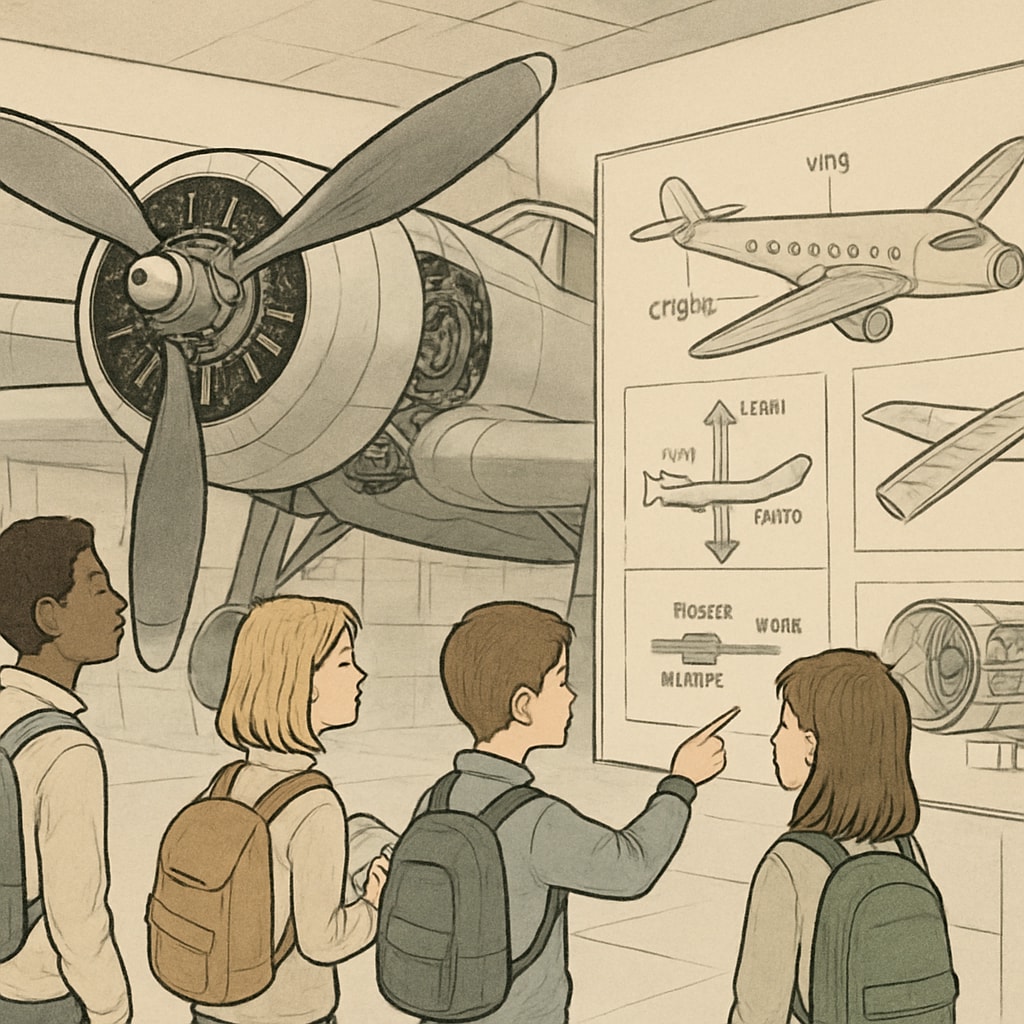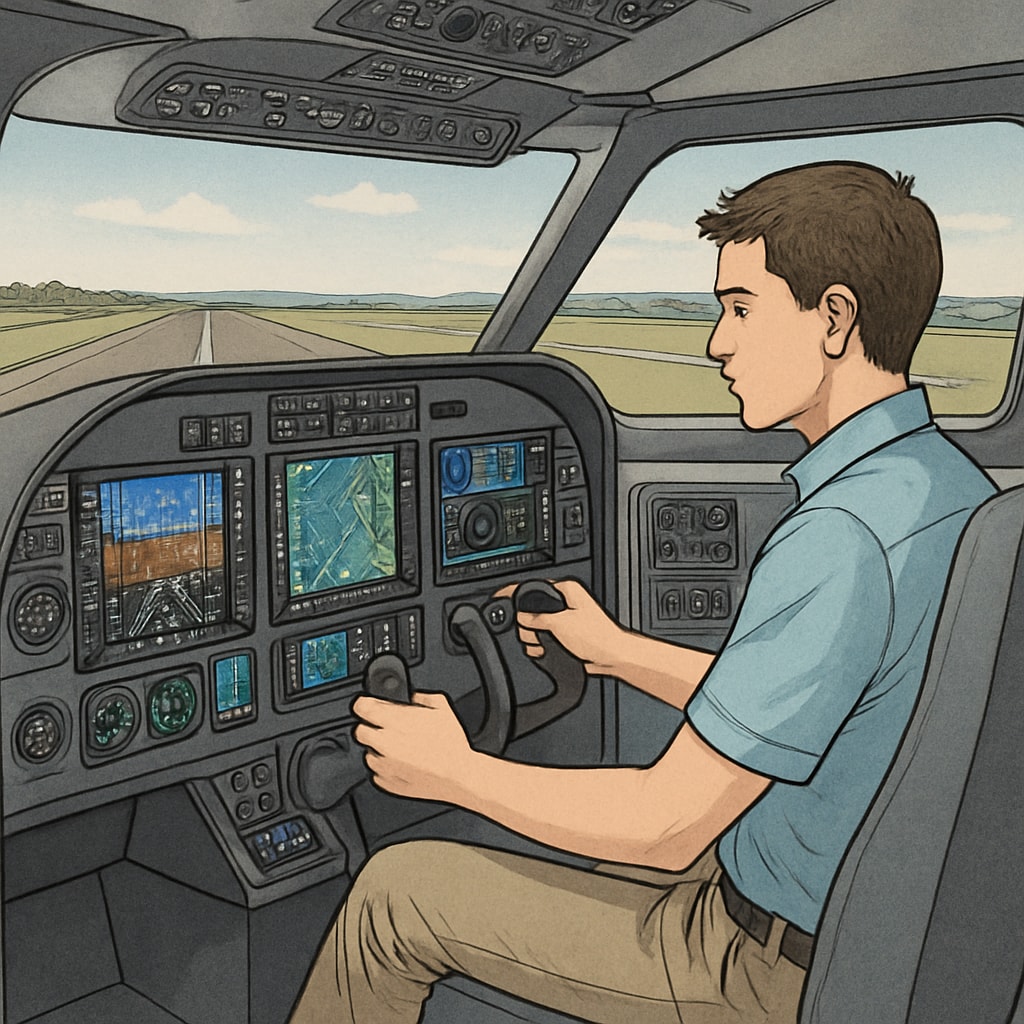Securing funding for CPL (Commercial Pilot License) training can be a significant challenge for aspiring pilots, especially those with limited financial resources. However, the journey to becoming a professional aviator begins much earlier—often during the K12 education phase. By integrating aviation-related education into K12 curricula, schools can foster a passion for flying and help students develop clear career pathways in aviation. This article explores how early exposure to aviation can inspire future pilots and addresses practical approaches to overcome funding hurdles.
Inspiring Aviation Dreams in K12 Students
Introducing students to the world of aviation during their formative years can have a lasting impact. Early exposure to aviation concepts, history, and technology can spark curiosity and help students envision a career in flying. For example, incorporating aviation-themed STEM (Science, Technology, Engineering, Mathematics) projects into the classroom can engage students while teaching them essential skills required in the aviation industry.
- Interactive lessons on aerodynamics and flight mechanics
- Field trips to airports or aviation museums
- Guest lectures from professional pilots and aerospace engineers
These activities not only make learning fun but also encourage students to see aviation as a viable career option.

Building Pathways to CPL Training
While passion is crucial, practical steps are needed to turn dreams of flying into reality. Schools can partner with aviation organizations to create structured pathways for students interested in pursuing a CPL. Scholarships, mentorship programs, and internships can provide students with the resources they need to progress toward their goals.
For instance, organizations such as EAA Young Eagles offer flight experiences and education programs that expose young people to the aviation field. Similarly, aviation academies often provide partial scholarships for high-performing students, reducing financial barriers to CPL training.
- Developing early financial literacy to help students plan for training costs
- Offering aviation clubs or extracurricular activities for hands-on experiences
- Guiding students through scholarship applications and sponsorship opportunities

Overcoming Funding Challenges for Aspiring Pilots
One of the most significant barriers for students pursuing CPL training is funding. Securing sponsorships, accessing scholarships, or crowdfunding are some ways to alleviate financial stress. It’s essential for schools and families to guide students through these avenues.
For example, crowdfunding platforms like GoFundMe can be effective for raising money for flight school. Additionally, many aviation companies sponsor talented individuals who demonstrate commitment and skill. Exploring local community grants can also help bridge the funding gap.
As a result, young pilots can focus on their training without the constant worry of financial constraints.
Conclusion: Preparing the Next Generation of Pilots
By integrating aviation education into K12 curricula and addressing funding challenges, schools and communities can play a vital role in preparing the next generation of pilots. Early exposure, structured pathways, and financial support are key elements in nurturing aviation talent. With the right resources and guidance, aspiring students can soar toward their dreams of becoming professional aviators.
If we invest in aviation education today, we can ensure a brighter future for the industry and inspire countless young minds to take flight.


